Nostalgia: Saturday night at the movies!
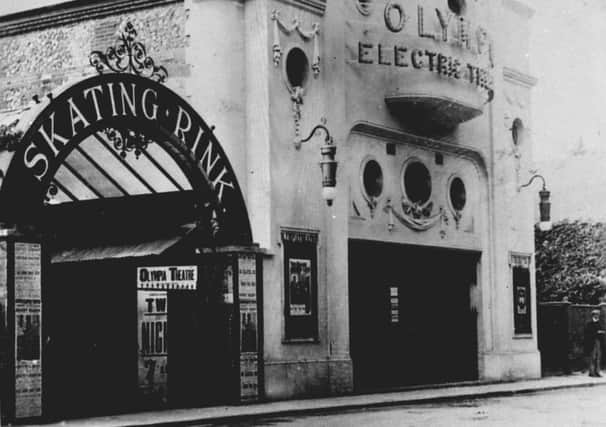

With six, ten or even more screens, they have changed the face of cinema going in this country. But for those growing up in the immediate post-war era, a night out at the pictures was a quite different experience.
In the 1950s, towns had a choice of cinema (Chichester had three and Bognor four), usually with a single auditorium seating up to a thousand or more patrons.
Advertisement
Hide AdAdvertisement
Hide AdLocal newspapers carried a page of adverts and reviews and movie magazines were amongst the most popular items on the newsagents’ racks.
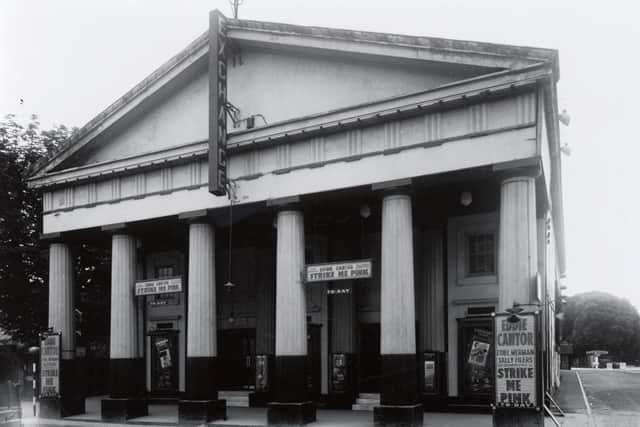

Many cinemas ran a Saturday morning children’s club, the Exchange Rangers it was called at the Granada in East Street, with a Western, cartoon and serial.
For adults, a night out at the pictures was a regular but still special treat. There were the long queues on the pavement outside, the bright lights of the foyer, and the magic of the big screen. An eager anticipation of seeing a favourite star in a new Hollywood extravaganza, as the organ played and the auditorium filled, and for the young-at heart those romantic liaisons on the back row of the stalls once the lights had dimmed.
Above all, it was an escape from reality, especially in the years of austerity after the war.
Advertisement
Hide AdAdvertisement
Hide AdThe early history of the cinema is fascinating. Before the emergence of permanent venues, a variety of buildings were pressed into use to provide occasional accommodation for travelling film showmen who brought their own equipment with them.
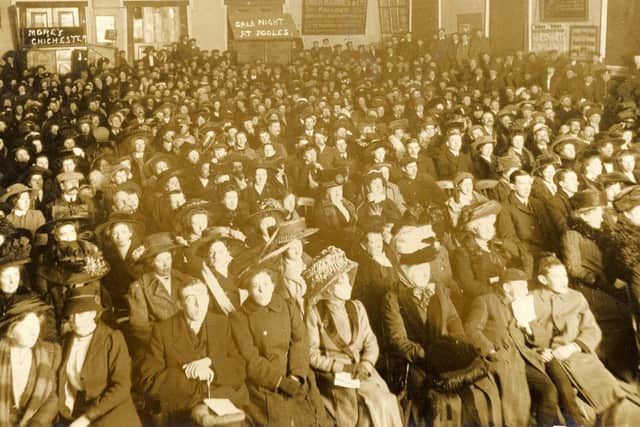

The first to visit Chichester was Maggie Morton, who brought her cinematograph to the Corn Exchange on Boxing Day 1896. The Chichester Observer described it as ‘the greatest sensation and most wonderful invention of the age’. Her selection of films, each only a minute or so in length and including one entitled ‘gardeners burning weeds’, may suggest that was a rash claim but the novelty was of course that people were seeing moving images on a big screen for the first time.
The Medical Superintendent at the newly-opened Mental Hospital at Graylingwell was certainly impressed. In his first annual report in 1898, he revealed he was providing weekly film shows for the patients in the 600-seat recreation hall and regarded them ‘as a most valuable agent in the treatment of the insane’.
As one film shown, a comedy called Mary Jane’s Mishap, featured a servant girl blowing herself up while trying to light the kitchen fire with the aid of paraffin, one wonders quite what he had in mind. Or, indeed, what the impact was on his audience!
Advertisement
Hide AdAdvertisement
Hide AdThe Corn Exchange became the city’s first full-time cinema in 1910 and was known as Poole’s Picture Palace. A pianist would accompany the silent film, thundering out dramatic chords while the audience hissed and booed the villain, until in August 1929 the Exchange, as then it was called, became the first cinema in West Sussex to show talking pictures.
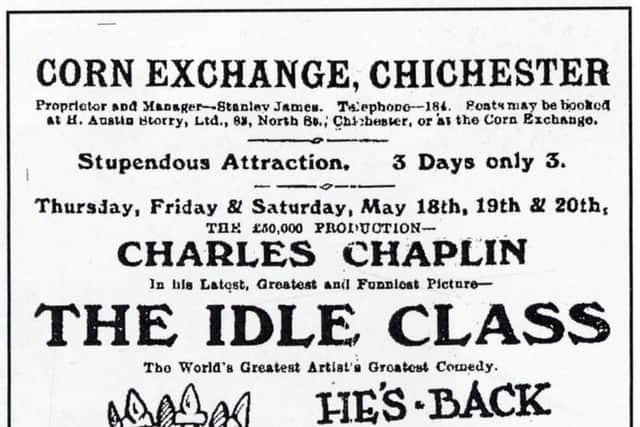

The first purpose-built cinema in Chichester was the Olympia Electric Theatre, which opened at Northgate in May 1911, next to a roller skating rink. The combustible nitrate film of the day was a regular hazard and, like many picture palaces, its life was cut short by fire in 1922. Later the building became the Southdown bus garage, more recently a warehouse, and remarkably it remains to this day, on its island site, looking wistfully across to the Festival Theatre.
The movies flourished between the wars and Cicestrians gained two new picture houses. The Picturedrome opened in South Street in 1920. It was later renamed the Plaza but will be better remembered as the Odeon. It had a thousand-seater auditorium, with a balcony, and a cafe-restaurant on the first floor behind tall windows.
Some older readers may recall the gala opening of the Gaumont in Eastgate Square in September 1937. It was a major event. The house was full and hundreds were turned away. The mayor, Councillor Napper, did the honours and the big picture was King Solomon’s Mines, an adventure musical starring Paul Robeson.
Advertisement
Hide AdAdvertisement
Hide AdThe Gaumont had a distinctive curved frontage very evocative of the 1930s. The auditorium was arranged stadium-style, with a stepped rear section of nine rows of seats, rather than a balcony or circle. It was the largest cinema in town with a near 1,300 capacity.
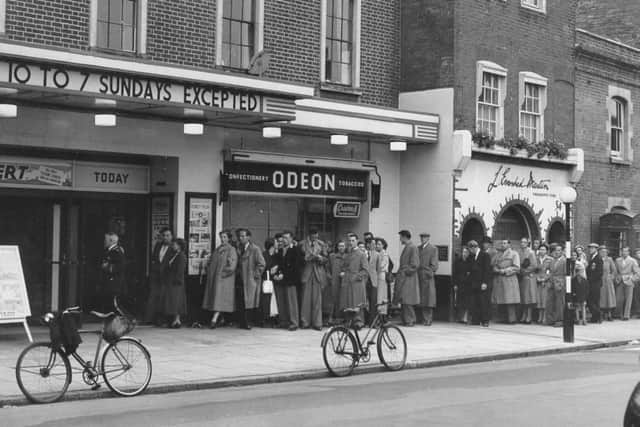

Indeed, Chichester was well-off for cinema seats. With a population under 18,000, its three venues offered more than 3,000 seats in total.
But there were some memorable films in the 50s which brought in the punters. Among them were musicals such as Singin’ in the Rain, Oklahoma and South Pacific, and Westerns like The Searchers with John Wayne, The Man from Laramie starring James Stewart, and Yellow Rose of Texas with Roy Rogers and Trigger. Then there were the new screen heart-throbs, among them James Dean and Marilyn Monroe, while teenagers jived in the aisles to Bill Haley and his Comets in the 1956 rock-and-roll musical Rock Around the Clock.
It was good value, too, with seats priced from 1s.3d front stalls to 3s front circle (that’s 6p – 15p). With a ‘B’ film and newsreel thrown in, it was quite a bargain, and as performances were continuous from 2.30pm to 10.30pm you could join in when you liked.
Advertisement
Hide AdAdvertisement
Hide AdNonetheless, the competition of television proved irresistible and declining audience figures saw the closure of the Odeon and Gaumont in 1960. Ironically, the Granada, at the Corn Exchange, the city’s first picture palace, was the last of our original cinemas to go, in August 1980. For a time, the New Park Cinema on New Park Road carried the torch alone until the dawn of the multiplex era.
n For an afternoon of films and photos of The Royal Sussex Regiment head to the Novium at 2pm on Friday, May 31. Booking essential - call 01243 775888 or email [email protected]